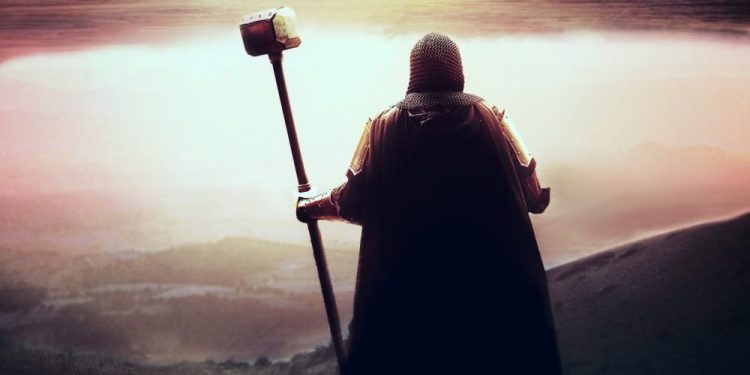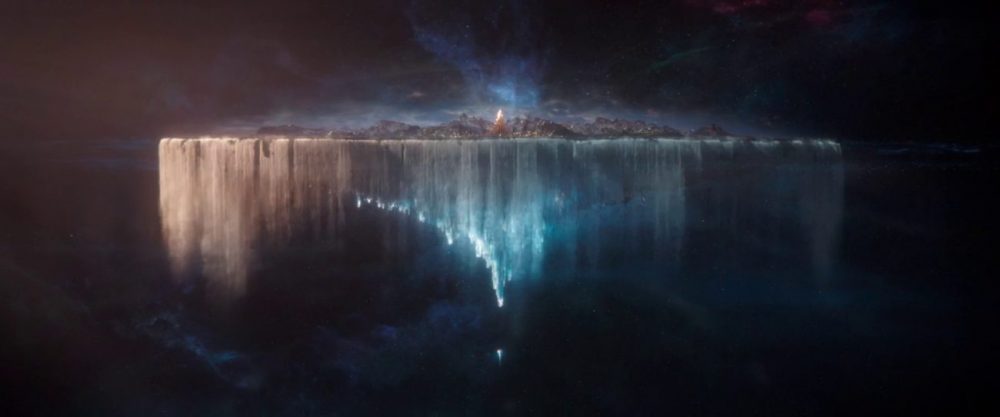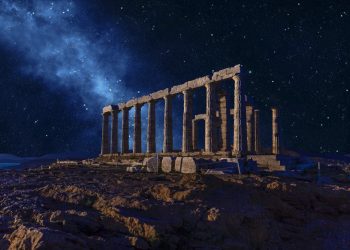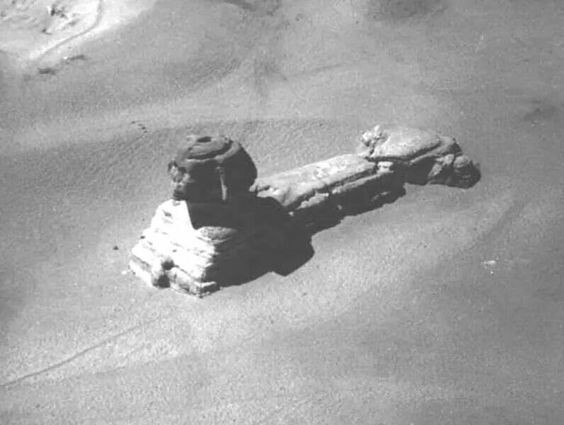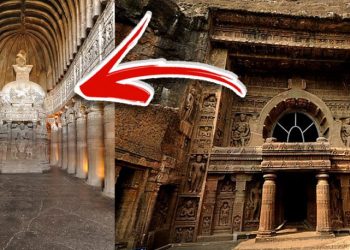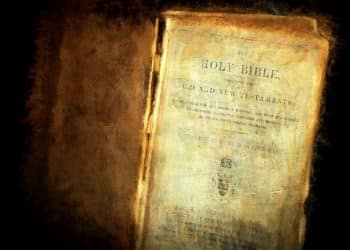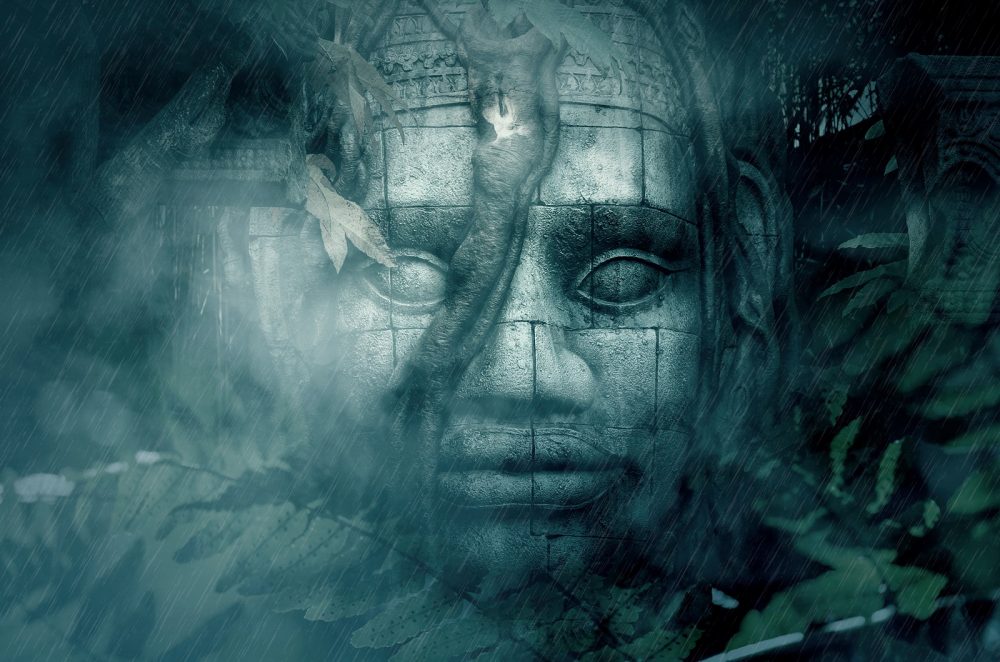This theory suggests that the enigmatic Knights Templar, a powerful military order in the Middle Ages, may have reached America around 200 years before Christopher Columbus.
The Knights Templar and Their Rich History
The Knights Templar, officially known as the Poor Fellow-Soldiers of Christ and the Temple of Solomon, were a prominent military order affiliated with the Catholic Church. Established in 1119 and recognized by the papal bull Omne datum optimum in 1139, the order thrived until its suppression by Pope Clement V in 1312. Originally tasked with protecting Christian pilgrims in the Holy Land, the Templars amassed considerable wealth and power, inciting animosity among the era’s influential figures.
The Mysterious Disappearance of the Templar Fleet
In 1307, a Templar fleet vanished without a trace while escaping persecution by French King Philip IV. María Lara Martínez, author of “Enclaves Templarios,” proposes that these missing ships may have reached America long before Columbus. She cites legends of white men arriving in the Yucatan Peninsula and sharing their knowledge with the natives as evidence.
Crosses, Bearded Gods, and the Templars
Martínez’s hypothesis also points to accounts from monks accompanying Columbus, who reported that the natives were familiar with the crosses of the warriors. Additionally, the Maya worshiped Kukulkan, a white and bearded god, which is peculiar considering their physical dissimilarities. Some authors speculate that Kukulkan and Quetzalcoatl could have been Knights Templar, as the order had a well-developed sailing fleet and the means to undertake a long voyage.
The Templars’ Impact on the Iberian Peninsula
Martínez delves into the Templars’ history in her book, highlighting their significant influence on the Iberian Peninsula’s medieval history. Their participation in various events during the 13th and 14th centuries left lasting marks on society’s military, political, commercial, religious, and artistic aspects. The Knights Templar’s legacy, full of mysteries and mysticism, endures to this day.
Have something to add? Visit Curiosmos on Facebook. Join the discussion in our mobile Telegram group.



